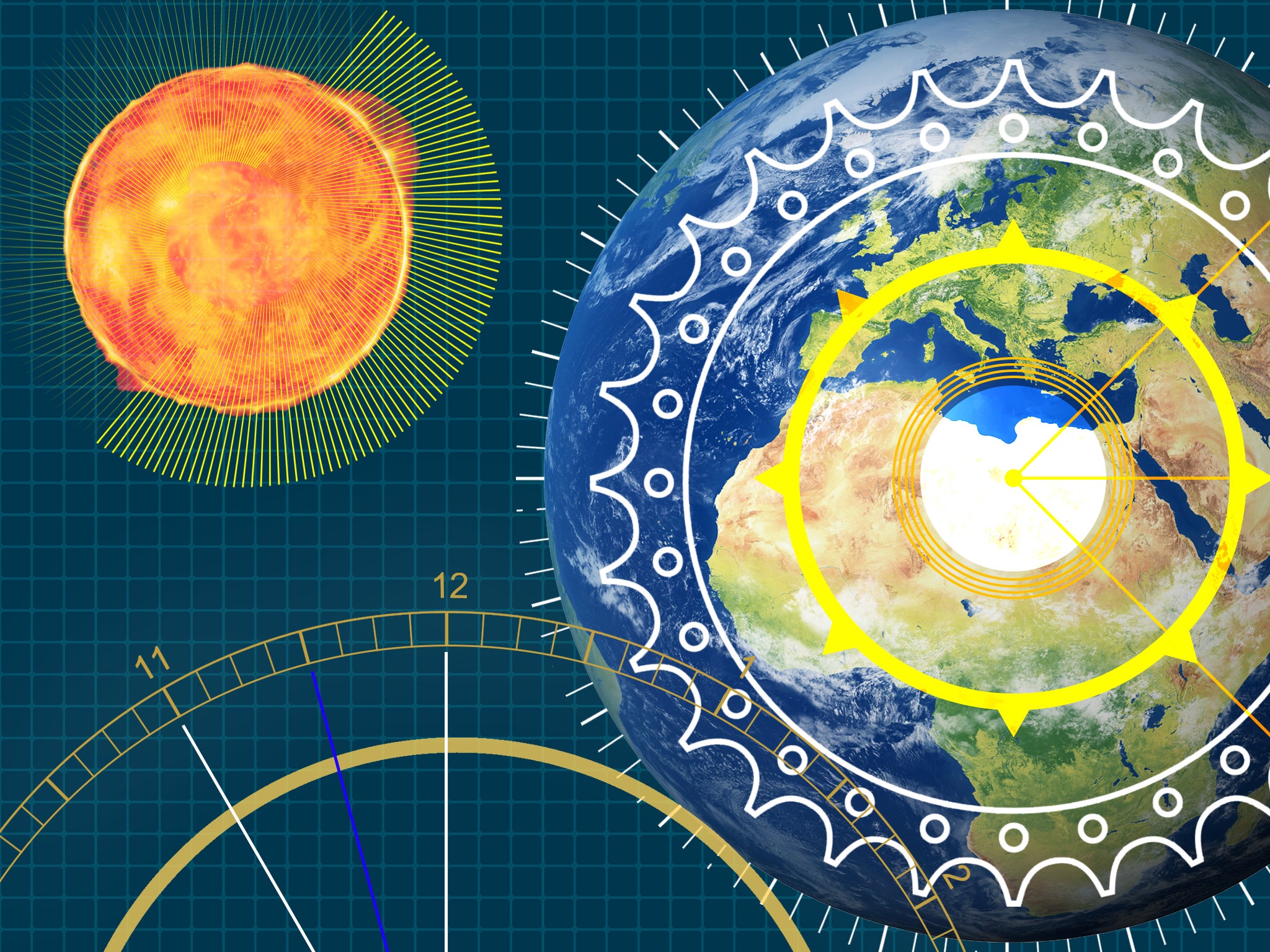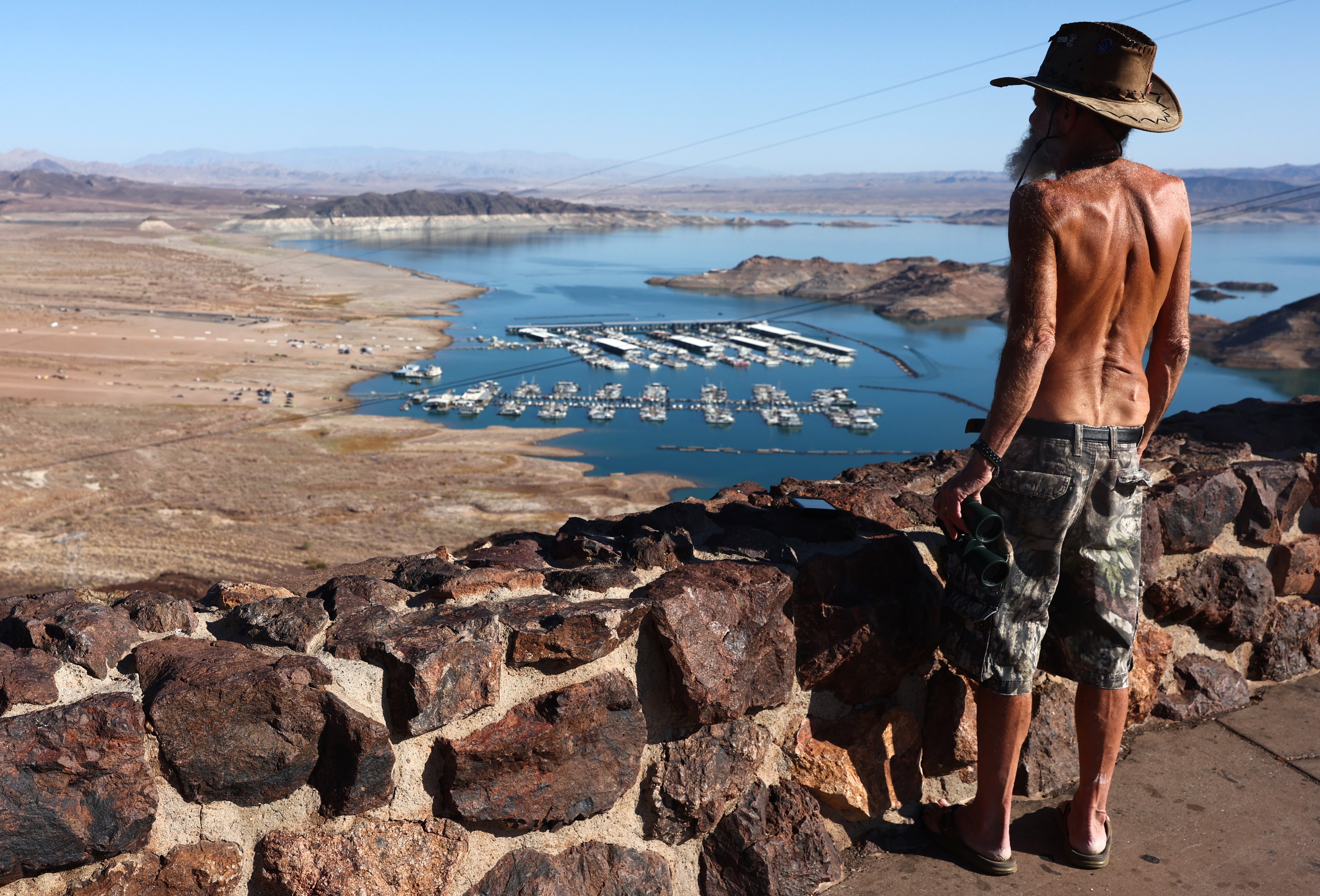Geoengineering and the climate crisis
The best thing to do to save our planet from the climate crisis is to cut CO2 and cut it fast, but here Steven Cutts looks at the pursuit of research into other possible supplementary solutions


In 2007, a document believed to be from a US government report made its way into the public domain. Within its turgid pages, one line caught the attention more than most:
“Modifying solar radiance may be an important strategy if mitigation of emissions fails. Doing R&D to estimate the consequences of applying such a strategy is important insurance that should be taken out.”
It has been posited by some scientists that reflecting just 1 per cent of the sunlight intensity back into space could compensate for all the greenhouse gas released since the industrial revolution. In other words, we would build a gigantic parasol in outer space and try to position it between the Earth and the Sun. At least some of the radiation that comes in from the Sun would then be obstructed before it hits our planet and the average temperatures on the surface of the Earth would begin to fall.
Would it work? Well, theoretically yes, but it would be incredibly difficult to build and might not be ready until long after some terrible climate apocalypse has already destroyed the Earth. In addition, it’s difficult to predict the long-term impact of a simple mirror in one specific location. On a day-to-day basis, the Earth’s climate is reasonably predictable, partly because the forces that act upon it are more or less the same each and every day. If we start to interfere with the incident radiation from the Sun it’s hard to know how such a change would impact weather patterns. Various studies have predicted that rainfall in certain parts of the world might suddenly fall reducing crop yields. Indeed, many scientific papers point out that we still don’t know enough about the knock-on effects of such technology – termed geoengineering – or potential ethical or legal issues surrounding its use. The UN’s Intergovernmental Panel on Climate Change reports have been cautious about the technology for this very reason.
In 1989, the American scientist James Early was working at the prestigious Lawrence Livermore laboratory. Within the scientific community, the idea of climate change and global warming had already been recognised although it would be some years before mainstream political debate would take up these themes in earnest. Early looked at the possibility of placing a gigantic mirror in outer space that would blot out the Sun’s rays (or at least part of them) thus lowering the surface temperature of our planet. It’s a simple, if ambitious, approach to a complicated problem. His plan would involve building a mirror that was about 2,000km wide. The mirror would be assembled at the Lagrange point (L1) where it would hold its position between the Earth and the Sun. People looking up at the Sun would be unlikely to notice any difference in the intensity of sunlight, remember we’re only talking about a 1 per cent reduction in sunlight intensity. However, the actual mass of the mirror would be immense, much too large for us to readily launch into outer space.

The only way to build such a mirror, Early suggested, would be to mine raw materials on the Moon and transfer them into Lunar orbit where they could be processed into metals. If a 2,000km wide mirror sounds large, one way to make it sound slightly more realistic is to bear in mind that it need only be one-thousandth of a millimetre thick. A fantastically small veneer of elemental aluminium would be enough to reflect most of the incident sunlight and in the vacuum of space, the actual metal would never be blemished by oxidation. Aluminium on Earth is a dull grey colour because its surface has reacted with the Earth’s atmosphere. The production process would have to be done by robots.
More recently, Lowell Wood, a senior staff scientist at Lawrence Livermore National Lab suggested that putting wire mesh mirrors in orbit around the Earth might deflect enough sunlight to save us from the worse effects of global warming. He calculated that reflecting 1 per cent of incident sunlight would restore climate stability arguing that one mirror 600,000sq miles or several smaller ones could just about do it.
Sunlight intensity at the equator is significantly compromised by the relatively high presence of cloud cover but the equator would be the most obvious place to obstruct sunlight
Roger Angel at the University of Arizona has proposed sending millions of small mirrors into orbit around the Earth in a bid to block 1 per cent of incident sunlight. What impact would this really have? It’s impossible to say. Systems such as these would be so complex that we can’t be sure how global climate, weather patterns and harvests would be affected.
Start Technology and Research suggested hundreds of space mirrors to block sunlight reaching the equator. What’s attractive about these last two ideas is that the technological challenge of launching each small mirror is much smaller than launching a large one. As each mirror was released into low-Earth Orbit, we’d be able to make at least some sort of attempt to measure any reduction in global temperatures that followed, even if the early changes were only incremental.
The most intense sunlight reaching the surface of the Earth strikes the surface at the equator. Since the Earth is rotating at around 1,000mph at this point, the actual surface soon gets a chance to cool down again during the course of the 12-hour night. (The day-night cycle is always 12 hours at the equator.) Later, the full force of the Sun’s rays hits the same surface again the following morning building up to maximum intensity around midday.

Sunlight intensity at the equator is significantly compromised by the relatively high presence of cloud cover but – overall, given that logic – the equator would be the most obvious place to obstruct sunlight if we wanted to reduce the temperature of the Earth. A series of several hundred aluminium parasols orbiting several hundred miles over the equator would downgrade the intensity of sunlight hitting the Earth although it’s difficult to predict the long-term consequences. The exhaust gases released by the launch rockets alone might be enough to undermine the benefits of any increased shade.
Rising global CO2 levels in the atmosphere may have implications that go far beyond those of rising temperatures. CO2 is such a water-soluble gas that it can be absorbed by the Earth’s oceans very easily with some scientists predicting that the ocean will experience a significant fall in pH value with potentially catastrophic consequences for marine life. At this point, we probably ought to mention that about a third of the photosynthetic elimination of CO2 from the earth’s atmosphere is currently performed by ocean-going algae with a second third being achieved by the world’s rain forests. If we knock out one-third of CO2 consumption by the oceans being acidified, it’s hard to know what impact this might then have on climate change but it won’t be good. Even if a system of space mirrors proved to be effective, rising CO2 levels might yet destroy us by other means. I say might, nobody really knows. It’s incredibly difficult to predict how very complex systems will change in the face of provocation from any source and you’d really have to do the experiment in order to observe the result.
Various ideas have been suggested to pump a fine mist into these clouds in order to increase their reflectivity and lower surface temperatures this way
The process of looking at as many possible solutions as possible to the climate crisis has led to the emergence of an entirely new field of climate, or geo, engineering.
If the idea of blasting something into deep space to save us from disaster sounds far-fetched, you may find it easier to get your head around the idea of potentially building a series of large balloons and releasing them into the upper atmosphere. The balloons would be designed to be highly reflective of sunlight and if enough of them were built (we’re talking thousands) then eventually the amount of sunlight reflected would be enough to lower the temperature of the surface of the Earth while they could also possibly release sulphate droplets into the atmosphere to simulate the effects of an erupting volcano.
In 1991, the previously dormant volcano Mount Pinatubo in the Philippines decided to erupt, unleashing millions of tonnes of sulphur dioxide into the atmosphere. According to the Nasa Earth Observatory, writing in 2001, a decade after the incident: “The Pinatubo eruption increased aerosol optical depth in the stratosphere by a factor of 10 to 100 times normal levels measured prior to the eruption. (“Aerosol optical depth” is a measure of how much light airborne particles prevent from passing through a column of atmosphere.) Consequently, over the next 15 months, scientists measured a drop in the average global temperature of about 1F (0.6C).”

Some scientists have looked at this and concluded that the same technique might be used to deliberately adjust the Earth’s climate for the betterment of mankind. It sounds like the climax to a science fiction movie. Inspired by this kind of thinking, Daniel Schrag from Harvard University and David Leith at Calgary University organised a conference in 2007 and said it was worth looking at such ideas. As with any of the research in this area, there is much still to be assessed before any large-scale moves. Critics of this idea say lowering the temperature of the earth by absorbing the Sun’s radiation like this could have an unexpected effect on weather patterns and crop yields. Also, the release of sulphur aerosols could have a depleting effect on the ozone layer not to mention the possible “sky whitening” that could take place blue skies are hazed over.
It’s also been suggested that a fine mist could be generated from seawater by specially designed machines that would be spread out all across the world. Some of this work has focused on increasing the reflectivity of the clouds themselves. In particular, stratocumulus clouds over the world’s oceans reflect about 30-60 per cent of the Sun’s radiation. This is much better than open water.
Simultaneously, they lower the temperature of the sea below them. Such clouds actually cover about one-fifth of the world’s oceans. Various ideas have been suggested to pump a fine mist into these clouds in order to increase their reflectivity and lower surface temperatures this way. Sometimes, these are referred to as marine cloud brightening.
All of this is fascinating, and plenty see the case for further scientific study. However, will one of these technologies end up saving us from climate disaster? Many scientists see such possible technology as a supplementary effort, rather than a “silver bullet” – but who knows what further research might reveal?




Join our commenting forum
Join thought-provoking conversations, follow other Independent readers and see their replies
Comments